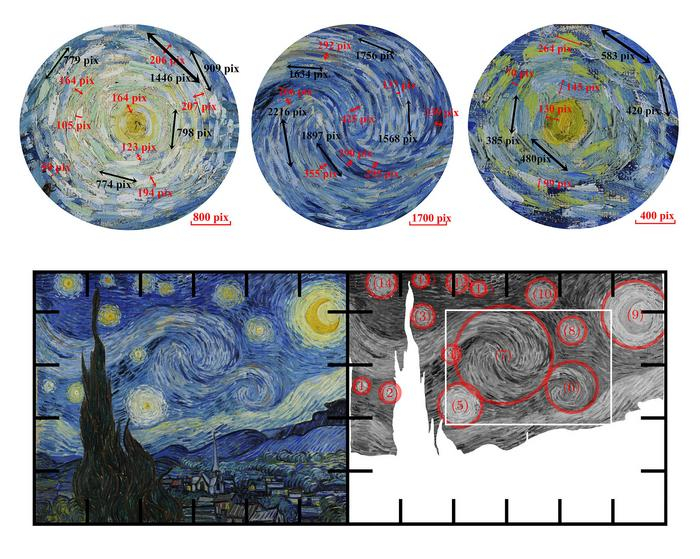Vincent van Gogh’s ‘The Starry Night’ is undoubtedly one of the most famous paintings in the world, instantly recognizable for the vibrant colors and dramatic brushstrokes that create a moving sky. But did you know it night sky image actually follows the real laws of physics?
Although the scene takes liberties in terms of what our eyes see in the sky, we don’t necessarily see eddies dancing among the heavens. stars – scientists have determined that these vortices indeed obey the laws of turbulent flow. It is especially consistent with Kolmogorov’s law, a theory of turbulence that predicts the motion and scale of the atmosphere based on inertial energy.
Additionally, the painting also exhibits what is known as “Batchelor’s scaling,” referring to “energy laws in small-scale, passive scalar turbulence after atmospheric motion,” according to one researcher. statement. This is specifically reflected in the “diffusion process of pigment particles in the oil,” says Yongxiang Huang, co-author of a study about the findings published in the journal Physics of Fluid, told Space.com.

For now, Huang’s curiosity is satisfied. But if the opportunity arises, he may be able to analyze works by other artists in the future. “We can address this systematically in the future if we secure the funding and have students available,” he said.
Join our space forums to keep talking about the latest missions, the night sky and more! And if you have a news tip, correction or comment, please let us know at: [email protected].



